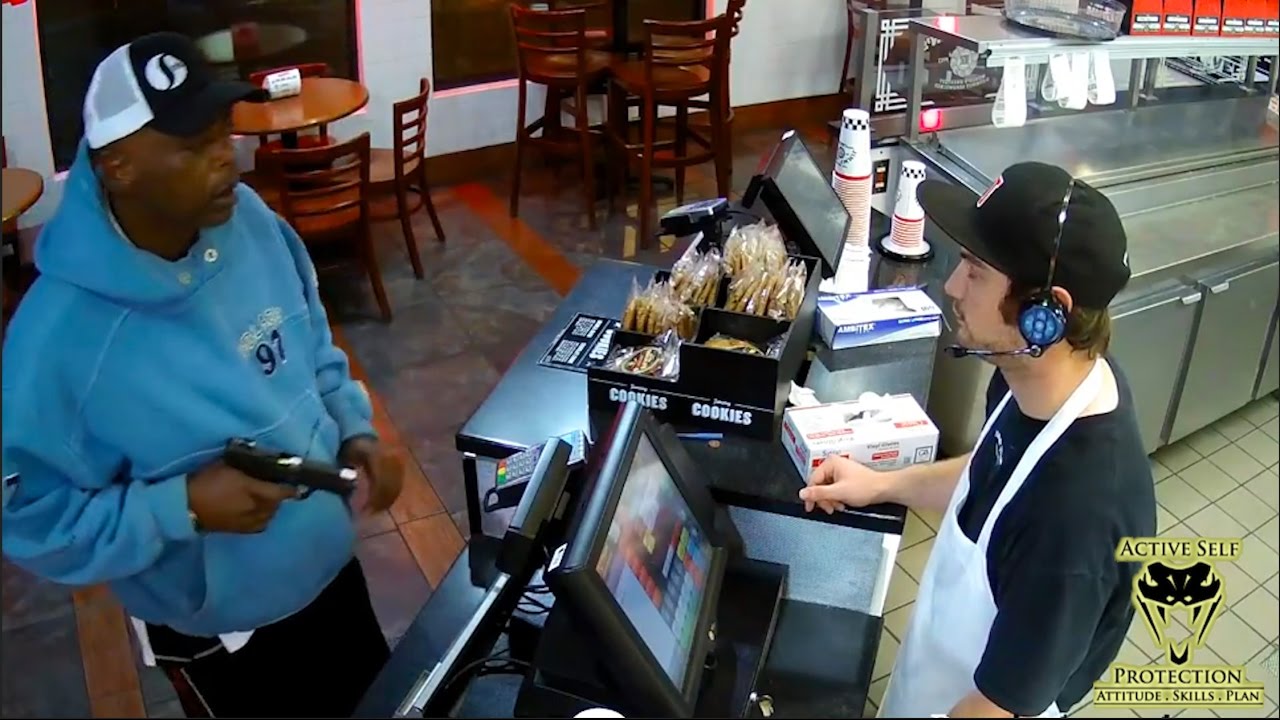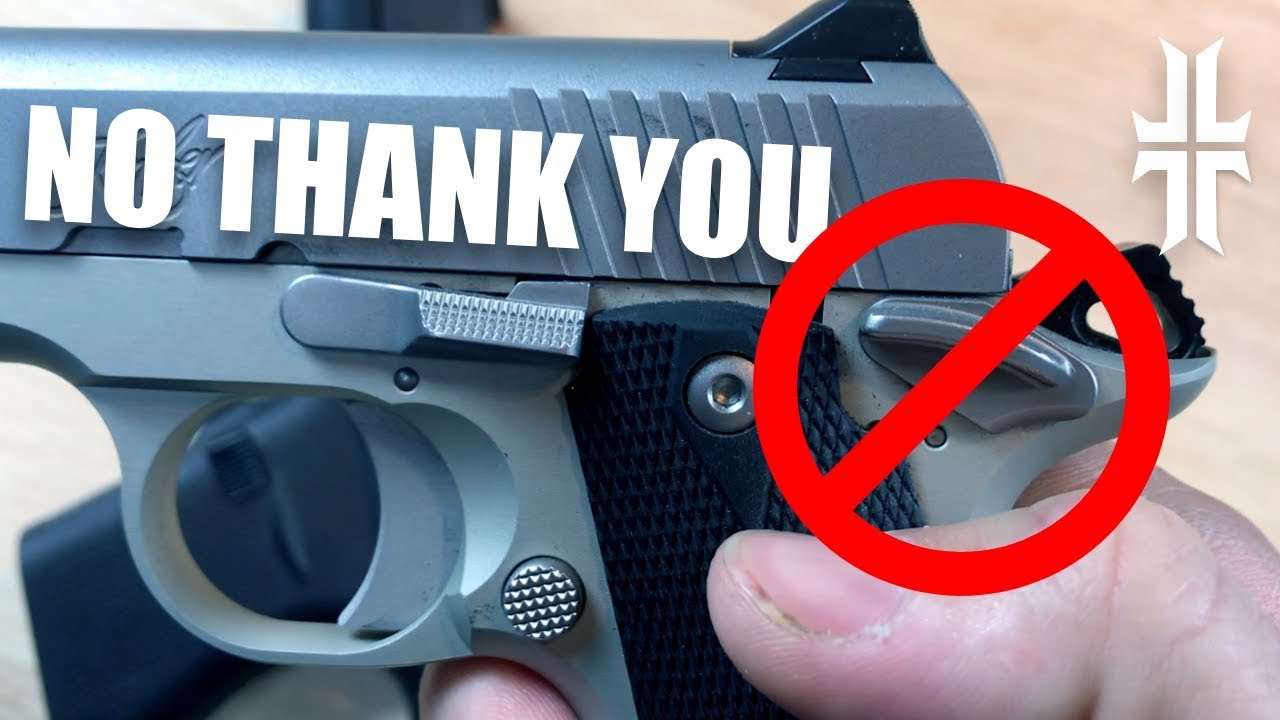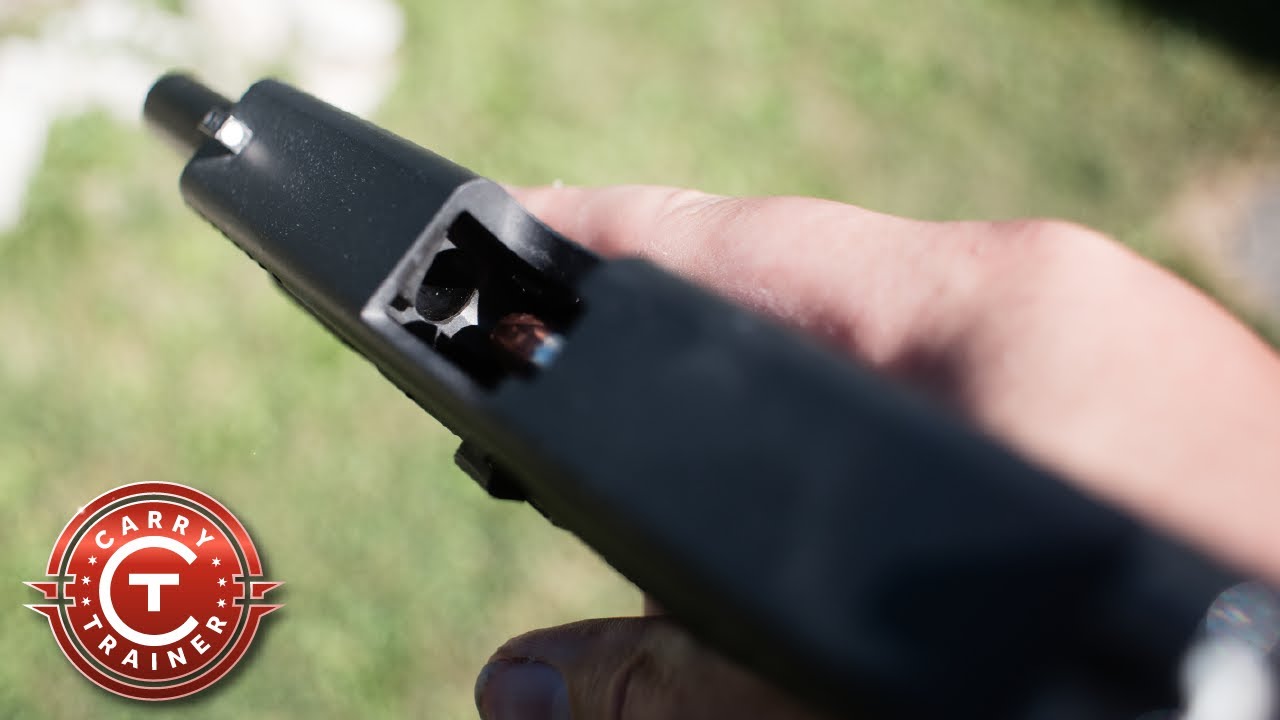I like your take, Dave17 (and your thoughts Shamrock). I think it would be fine to elaborate - the community is at least in part a forum for sharing that which we’ve found valuable.
I love what I call “The Big Three” rules and none of our campers can get any range time at all until they can recite them from memory on their own. “No big deal you say” but some of our campers are age 8, and so it takes them a number of repetitions… but they are highly motivated, and so they do learn and quickly.
But as you said, there is important context. To begin, if you always obey the Big Three, or even just the Big Number One - you’ll never harm anyone when your unintentional discharge happens. I try to emphasize that at some point in almost every shooter’s lifetime there will be an unintentional discharge. It may very well be from a mechanical failure over which the shooter truly didn’t have control… or it may be from not following other critical handling and safety practices.
In my lifetime I’ve had one - the trigger mechanism on a vintage STEN Gun failed, and I had a runaway submachine gun for about 15 rounds. This occurred during firing, but when I released the trigger after my intended burst, the gun kept going until the magazine was emptied. It didn’t take long but was very disconcerting for the duration of the run out. That was an unintended discharge - times 15 ish. In this case I was already pointed down range and safe, so no harm done other than the momentary negative impact on my nervous system.
A friend of mine and military rifle team coach had an extractor fail while he was clearing his hunting rifle, and after “cycling the bolt three times” to ensure an empty chamber he (continuing to point safe) pulled the trigger and had a surprising and wholly unintended discharge. Rule Number One saved him and his party from any injury or destruction… saving him even though he ignored (in this one case!) the requirement to visually and physically ensure the chamber was empty prior to closing the bolt and pulling the trigger.
So just Rule one and you will never unintentionally harm anyone.
In providing broader context I ask students “OK, Rule One - repeat - good. Now… WHERE is ‘safe’ ?” Usually there is a mix of no clue at all and “Up” or “Down” or possibly “down range.” Then we mentally walk through a multistory house carrying a gun and think about others in the house and the neighbors. “Safe” changes continuously through the walk. It also dramatically illustrates why Rule Two and Rule Three are included in the Big Three.
Rule Two is very helpful and sometimes tricky to get folks to practice, but they get it. I wonder for some if all the video and/or still photography with various celebrity types posed with their fingers ON the trigger has anything to do with people [teens on up] not starting out with good habits.
Rule Three presents a whole series of scenarios with the conversation starting with “Well, when must you be ready to use your firearm?” I usually refer to policemen or soldiers frequently being required to use in an instant, yet even they operate in circumstances where they may need to unload and clear their weapons, even though they are within a hotter area overseas and subject to needing to use their weapons quickly, They are in such cases depending on security forces outside the dining hall who have not unloaded, to give them notice and time to load and go to work.
Once I’ve walked through various scenarios enough to ensure a starting grasp of the concepts and they are ready, we’ll step out to the range (or head over to the range, depending) and after rehearsing again we’ll add the target ID and downrange past the target.
To wrap up this potentially annoyingly long post (in spite of my earlier encouragement to others) an eye opening addition to training for both introductory and intermediate level shooters is to take googlemaps printouts with range circles to illustrate the potential impact zones for various cartridge/firearm combinations. If you look 6 miles (10 ?) down range (assuming something escapes over the berm) it can be shocking - depending on where your range is located and its orientation. To me it seems like since adding this bit of data to shooting instruction and range safety briefings, shooters of all experience levels seem to increase their discipline at least a little, even when “pointed down range.”




